We will be using two different mixtures to see which one absorbs more organic contaminants. We will be sing Glucose, Zinc Oxide Nanoparticles, and Graphite (Glc:Zno:Graphite), our second mixture will be composed of Benzoylated Cellulose, Zinc Oxide, and Graphite to create a filter that will help us trap organic contaminants in water
Zinc Oxide Nanoparticles (ZnO NPs). ZnO NPs will help us get a more porous material which will be helpful in the removal of organics.
After we have our mixtures ready we will carbonize our material using this furnace. Our material will be carbonized at 1000 º C for 2 hours using Argon gas. Carbonizing will help us increase the carbon content in our materials. The increase of carbon content will serve as a filter that absorbs organic contaminants such as oils.
We will use Methylene Blue as an organic contaminant for our water samples. We are using Methylene blue at 250 ppm and at 100ppm to see which of our materials will absorb more organic contaminants.
As our research continues i will continue adding more material to maintain you guys informed of our results.
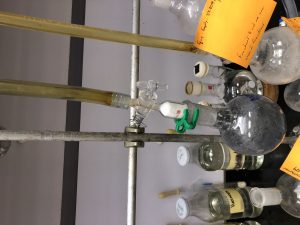
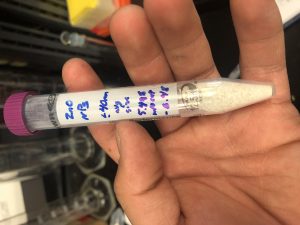
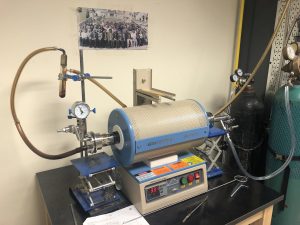
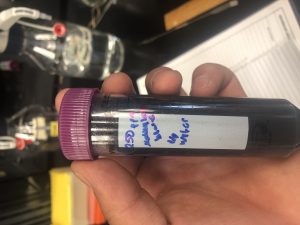
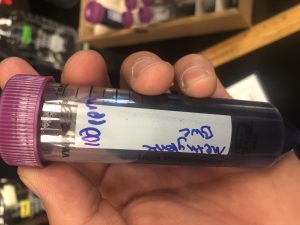
Question, how does carbonizing the material increase the carbon content? Is it in a percentage basis? Do other elements vaporize and carbon-containing compounds remain?
Yes we increase the carbon content in a percentage basis. Other elements vaporize as well as carbon but we remain with more carbon than with other elements wich is good because we are going to use carbon as our adsorbent.